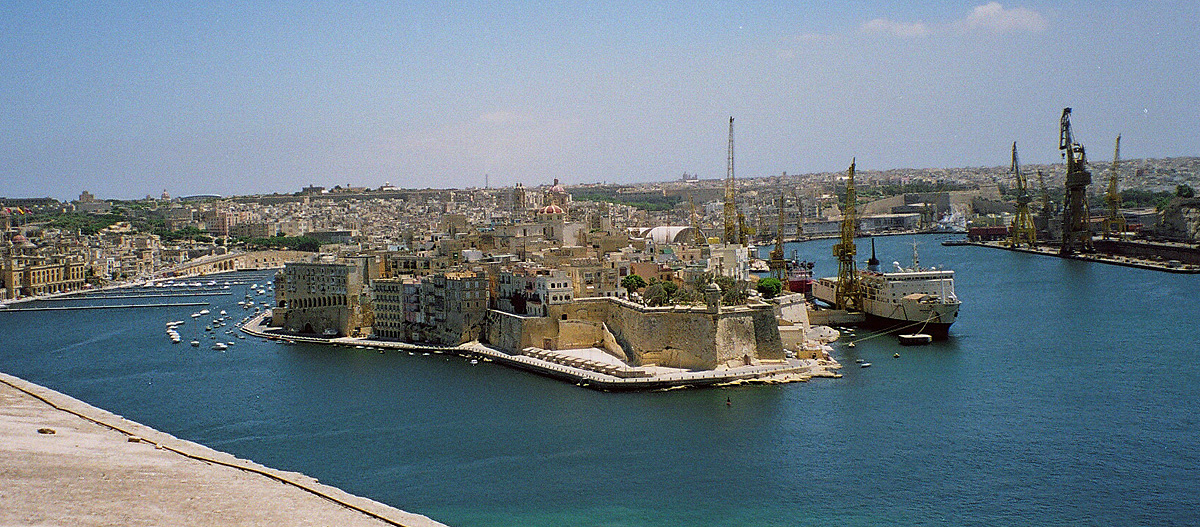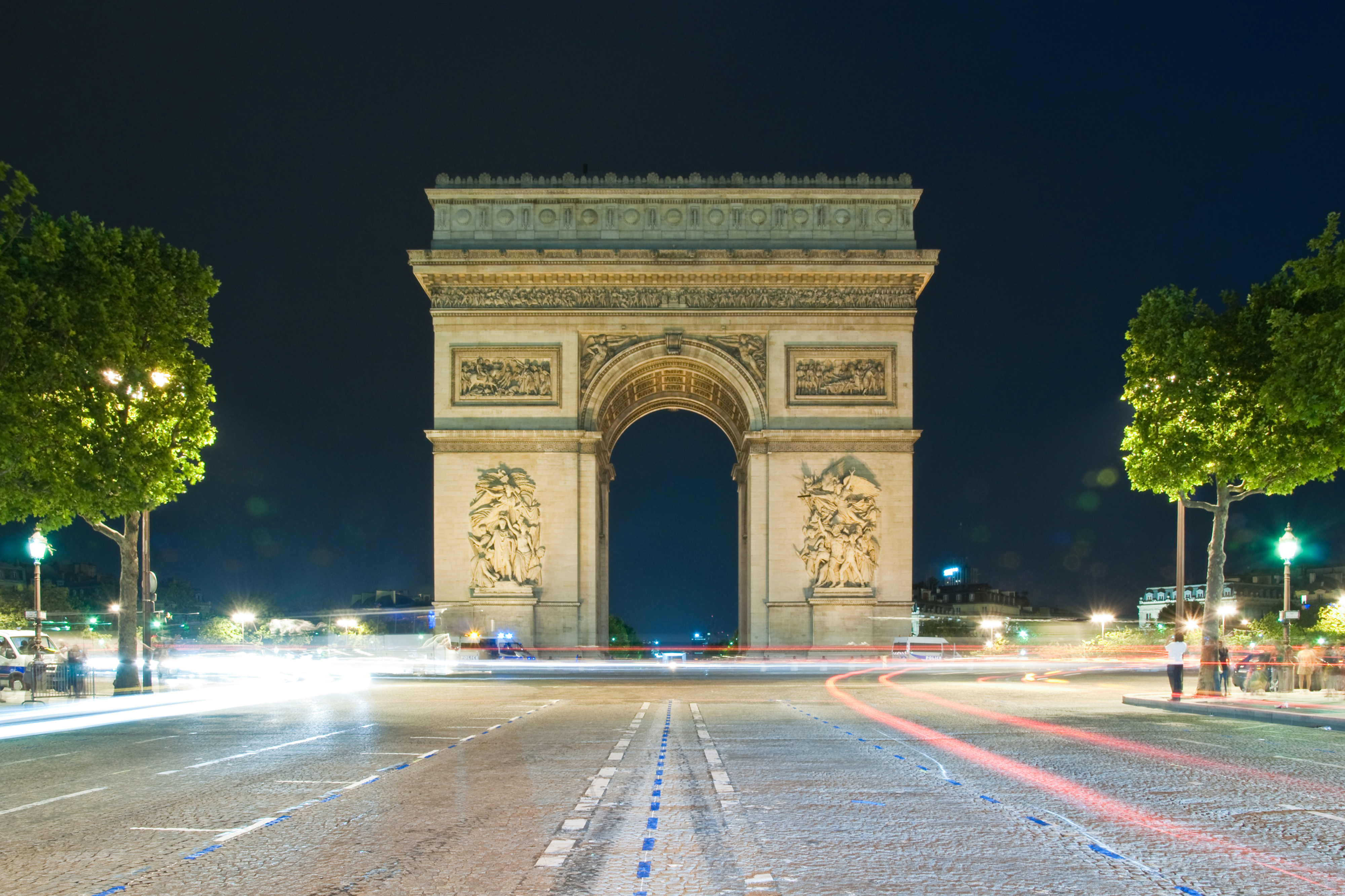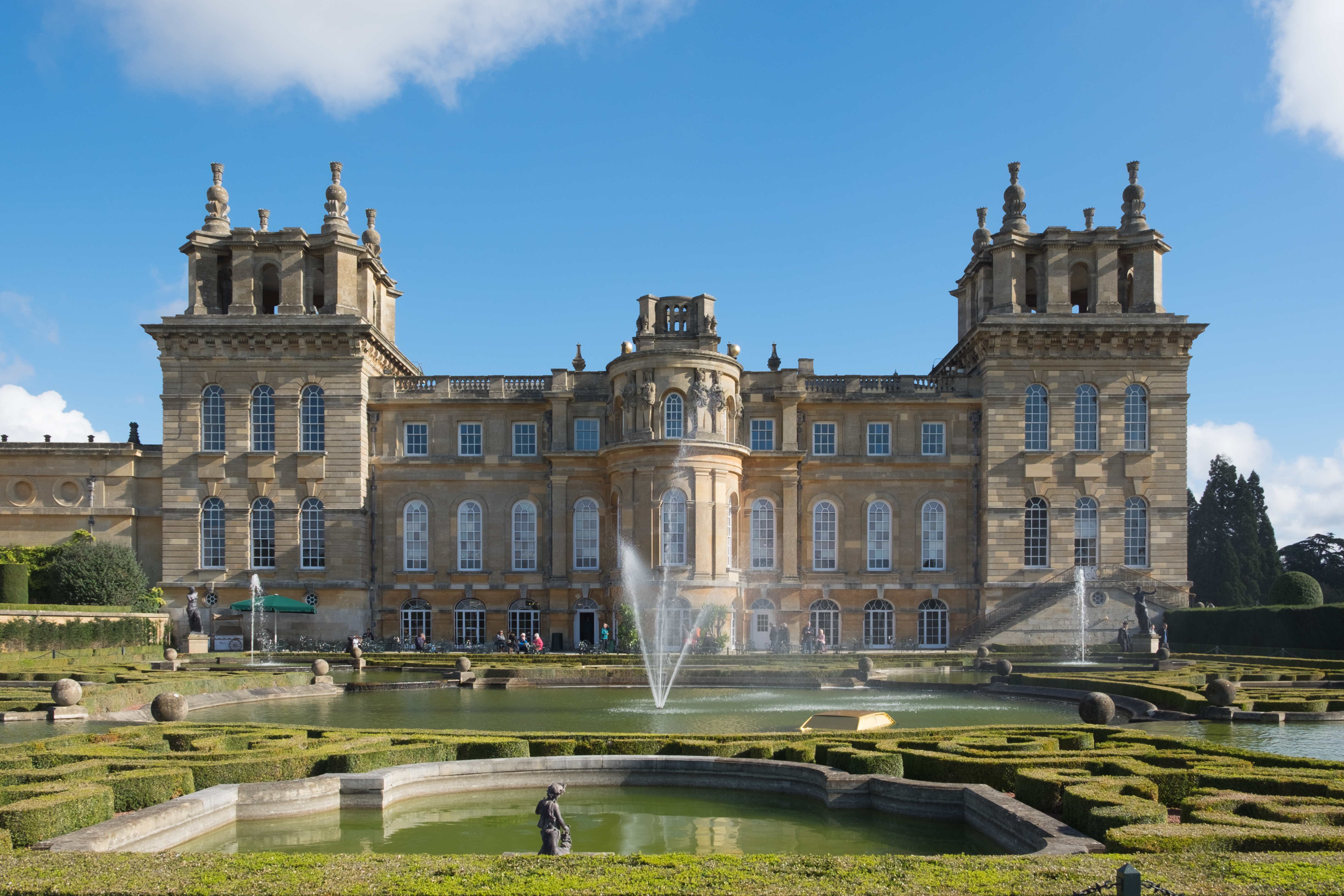|
á nien Is-Sultan
''á nien is-Sultan'' (Maltese for ''King's Garden''), also known as the ''Giardino della Marina'' ( Italian for ''Marina Garden''), the Grand Master's Garden or Lascaris Garden, was a garden in Valletta, Malta. It was established in the 17th century by Giovanni Paolo Lascaris, and it included a summer residence for the Grand Master. The garden included several Baroque elements designed by Francesco Buonamici. The summer residence and part of the garden was destroyed by the British military in the 19th century to make way for Lascaris Battery, a casemated artillery battery which was named after the Grand Master who had built the gardens. The remaining part of the garden was destroyed in the 20th century, and its site is now occupied by social housing blocks. The only major remain of the garden is a Baroque fountain in situ. History When Francesco Laparelli designed the fortifications of Valletta in 1566, he designed a two-tiered demi-bastion known as St. Peter and St. Paul ... [...More Info...] [...Related Items...] OR: [Wikipedia] [Google] [Baidu] |
Garden
A garden is a planned space, usually outdoors, set aside for the cultivation, display, and enjoyment of plants and other forms of nature. The single feature identifying even the wildest wild garden is ''control''. The garden can incorporate both natural and artificial materials. Gardens often have design features including statuary, follies, pergolas, trellises, stumperies, dry creek beds, and water features such as fountains, ponds (with or without fish), waterfalls or creeks. Some gardens are for ornamental purposes only, while others also produce food crops, sometimes in separate areas, or sometimes intermixed with the ornamental plants. Food-producing gardens are distinguished from farms by their smaller scale, more labor-intensive methods, and their purpose (enjoyment of a hobby or self-sustenance rather than producing for sale, as in a market garden). Flower gardens combine plants of different heights, colors, textures, and fragrances to create interest and deli ... [...More Info...] [...Related Items...] OR: [Wikipedia] [Google] [Baidu] |
Tenaille
A tenaille (archaic tenalia) is an advanced defensive-work, in front of the main defences of a fortress, which takes its name from resemblance, real or imaginary, to the lip of a pair of pincers. It is "from French, literally: tongs, from Late Latin tenácula, pl of tenaculum". ''American Heritage Dictionary of the English Language'', Fourth Edition. Houghton Mifflin Company. In a letter to John Bradshaw, President of the in London, w ... [...More Info...] [...Related Items...] OR: [Wikipedia] [Google] [Baidu] |
Bay (architecture)
In architecture, a bay is the space between architectural elements, or a recess or compartment. The term ''bay'' comes from Old French ''baie'', meaning an opening or hole."Bay" ''Online Etymology Dictionary''. http://www.etymonline.com/index.php?allowed_in_frame=0&search=bay&searchmode=none accessed 3/10/2014 __NOTOC__ Examples # The spaces between posts, columns, or buttresses in the length of a building, the division in the widths being called aisles. This meaning also applies to overhead vaults (between ribs), in a building using a vaulted structural system. For example, the Gothic architecture period's Chartres Cathedral has a nave (main interior space) that is '' "seven bays long." '' Similarly in timber framing a bay is the space between posts in the transverse direction of the building and aisles run longitudinally."Bay", n.3. def. 1-6 and "Bay", n.5 def 2. ''Oxford English Dictionary'' Second Edition on CD-ROM (v. 4.0) ôˋ Oxford University Press 2009 # Where t ... [...More Info...] [...Related Items...] OR: [Wikipedia] [Google] [Baidu] |
Floriana
Floriana ( mt, Il-Furjana or ''Il-Floriana''), also known by its title Borgo Vilhena, is a fortified town in the South Eastern Region area of Malta, just outside the capital city Valletta. It has a population of 2,205 as of March 2014. Floriana is the birthplace of many famous Maltese, amongst which the composer of the national anthem, 'L-Innu Malti', Robert Samut; former Bishop of Malta Dun Mauro Caruana, the poets Oliver Friggieri and Maria Grech Ganado, the writer and politician Herbert Ganado and Swedish Idol winner Kevin Borg. Etymology Floriana is named after Pietro Paolo Floriani, an Italian military engineer who designed the Floriana Lines, the line of fortifications surrounding the town. In Maltese, the town is called ''Il-Floriana'' by the local council. However, it is popularly known as ''Il-Furjana'', and the latter is regarded as the official name by the National Council for the Maltese Language. Government sources use both variants. The town's original offi ... [...More Info...] [...Related Items...] OR: [Wikipedia] [Google] [Baidu] |
Neptune Statue's Fountain At Argotti Gardens
Neptune is the eighth planet from the Sun and the farthest known planet in the Solar System. It is the fourth-largest planet in the Solar System by diameter, the third-most-massive planet, and the densest giant planet. It is 17 times the mass of Earth, and slightly more massive than its near-twin Uranus. Neptune is denser and physically smaller than Uranus because its greater mass causes more gravitational compression of its atmosphere. It is referred to as one of the solar system's two ice giant planets (the other one being Uranus). Being composed primarily of gases and liquids, it has no well-defined "solid surface". The planet orbits the Sun once every 164.8 years at an average distance of . It is named after the Roman god of the sea and has the astronomical symbol , representing Neptune's trident. Neptune is not visible to the unaided eye and is the only planet in the Solar System found by mathematical prediction rather than by empirical observati ... [...More Info...] [...Related Items...] OR: [Wikipedia] [Google] [Baidu] |
Malta Dockyard
Malta Dockyard was an important naval base in the Grand Harbour in Malta in the Mediterranean Sea. The infrastructure which is still in operation is now operated by Palumbo Shipyards. History Pre-1800 The Knights of Malta established dockyard facilities within the Grand Harbour to maintain their fleet of galleys. These were spread between the cities of Senglea, Cospicua and Vittoriosa. 19th century When Malta became a British protectorate in 1800, these facilities were inherited, and gradually consolidated, by the Royal Navy. With the loss of Menorca, Malta swiftly became the Navy's principal Mediterranean base. The Royal Navy Dockyard was initially located around Dockyard Creek in Bormla, and occupied several of the dockyard buildings formerly used by the Knights of Malta. By 1850 the facilities included storehouses, a ropery, a small steam factory, victualling facilities, houses for the officers of the Yard, and most notably a dry dock ã the first to be provided ... [...More Info...] [...Related Items...] OR: [Wikipedia] [Google] [Baidu] |
Malta - Valletta - Xatt Lascaris+SS Peter And Paul Bastion+custom House+Upper Barrakka Gardens (MSTHC) 01 Ies
Malta ( , , ), officially the Republic of Malta ( mt, Repubblika ta' Malta ), is an island country in the Mediterranean Sea. It consists of an archipelago, between Italy and Libya, and is often considered a part of Southern Europe. It lies south of Sicily ( Italy), east of Tunisia, and north of Libya. The official languages are Maltese and English, and 66% of the current Maltese population is at least conversational in the Italian language. Malta has been inhabited since approximately 5900 BC. Its location in the centre of the Mediterranean has historically given it great strategic importance as a naval base, with a succession of powers having contested and ruled the islands, including the Phoenicians and Carthaginians, Romans, Greeks, Arabs, Normans, Aragonese, Knights of St. John, French, and British, amongst others. With a population of about 516,000 over an area of , Malta is the world's tenth-smallest country in area and fourth most densely popula ... [...More Info...] [...Related Items...] OR: [Wikipedia] [Google] [Baidu] |
Triumphal Arch
A triumphal arch is a free-standing monumental structure in the shape of an archway with one or more arched passageways, often designed to span a road. In its simplest form a triumphal arch consists of two massive piers connected by an arch, crowned with a flat entablature or attic on which a statue might be mounted or which bears commemorative inscriptions. The main structure is often decorated with carvings, sculpted reliefs, and dedications. More elaborate triumphal arches may have multiple archways. Triumphal arches are one of the most influential and distinctive types of architecture associated with ancient Rome. Thought to have been invented by the Romans, the Roman triumphal arch was used to commemorate victorious generals or significant public events such as the founding of new colonies, the construction of a road or bridge, the death of a member of the imperial family or the ascension of a new emperor. The survival of great Roman triumphal arches such as the Arch of Ti ... [...More Info...] [...Related Items...] OR: [Wikipedia] [Google] [Baidu] |
Church Of Our Lady Of Liesse
The Church of Our Lady of Liesse ( mt, Knisja tal-Madonna ta' Liesse) is a church in Valletta, Malta. The church was built in 1740 on the site of a 17th-century church. The cupola was built to the designs of the Maltese Architect Francesco Zammit. The church is located near the shores of the Grand Harbour, close to Lascaris Battery and the site of the fish market. It is especially venerated by the people of the port area. History The first stone of the Church of Our Lady of Liesse was laid down on 21 November 1620, in a ceremony attended by Grand Master Alof de Wignacourt and many other members of the Order of St. John. The church was built with funds donated by Fra Giacomo De Chess du Bellay, who was the Bailiff of Armenia. The church appears on the side of a 1664 sketch of the Barriera Wharf. The church was completely rebuilt by the Langue of France in 1740, and was blessed by Bartolomûˋ Rull. The church was consecrated by Bishop Vincenzo Labini on 23 November 1806. The ... [...More Info...] [...Related Items...] OR: [Wikipedia] [Google] [Baidu] |
Wignacourt Aqueduct
The Wignacourt Aqueduct ( mt, L-Akwedott ta' Wignacourt) is a 17th-century aqueduct in Malta, which was built by the Order of Saint John to carry water from springs in Dingli and Rabat to the newly built capital city Valletta. The aqueduct was carried through underground pipes and over arched viaducts across depressions in the ground. The first attempts to build the aqueduct were made by Grand Master Martin Garzez in 1596, but construction was suspended before being continued in 1610. The watercourse was inaugurated five years later on 21 April 1615. Several engineers took part in the project, including Bontadino de Bontadini, Giovanni Attard and Natale Tomasucci. The aqueduct was named after Grand Master Alof de Wignacourt, who partially financed its construction. The aqueduct remained in use until the 20th century. Most of its arches still survive today, and can still be seen in the localities of Attard, Balzan, Birkirkara, Fleur-de-Lys and Santa Venera. Other remai ... [...More Info...] [...Related Items...] OR: [Wikipedia] [Google] [Baidu] |
Belvedere (structure)
A belvedere or belvidere (from Italian for "beautiful view") is an architectural structure sited to take advantage of a fine or scenic view. The term has been used both for rooms in the upper part of a building or structures on the roof, or a separate pavilion in a garden or park. The actual structure can be of any form or style, including a turret, a cupola or an open gallery. The term may be also used for a paved terrace or just a place with a good viewpoint, but no actual building. It has also been used as a name for a whole building, as in the Belvedere, Vienna, a huge palace, or Belvedere Castle, a folly in Central Park in New York. Examples On the hillside above the Vatican Palace, (circa 1480-1490), Antonio del Pollaiuolo built a small pavilion (''casino'' in Italian) named the ''palazzetto'' or the Belvedere for Pope Innocent VIII Pope Innocent VIII ( la, Innocentius VIII; it, Innocenzo VIII; 1432 ã 25 July 1492), born Giovanni Battista Cybo (or C ... [...More Info...] [...Related Items...] OR: [Wikipedia] [Google] [Baidu] |








